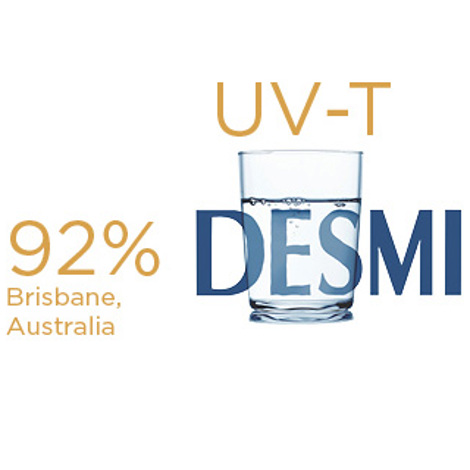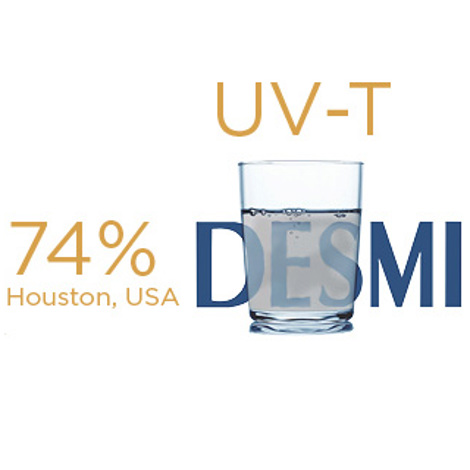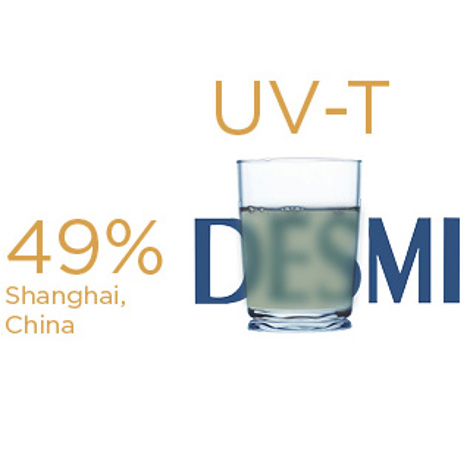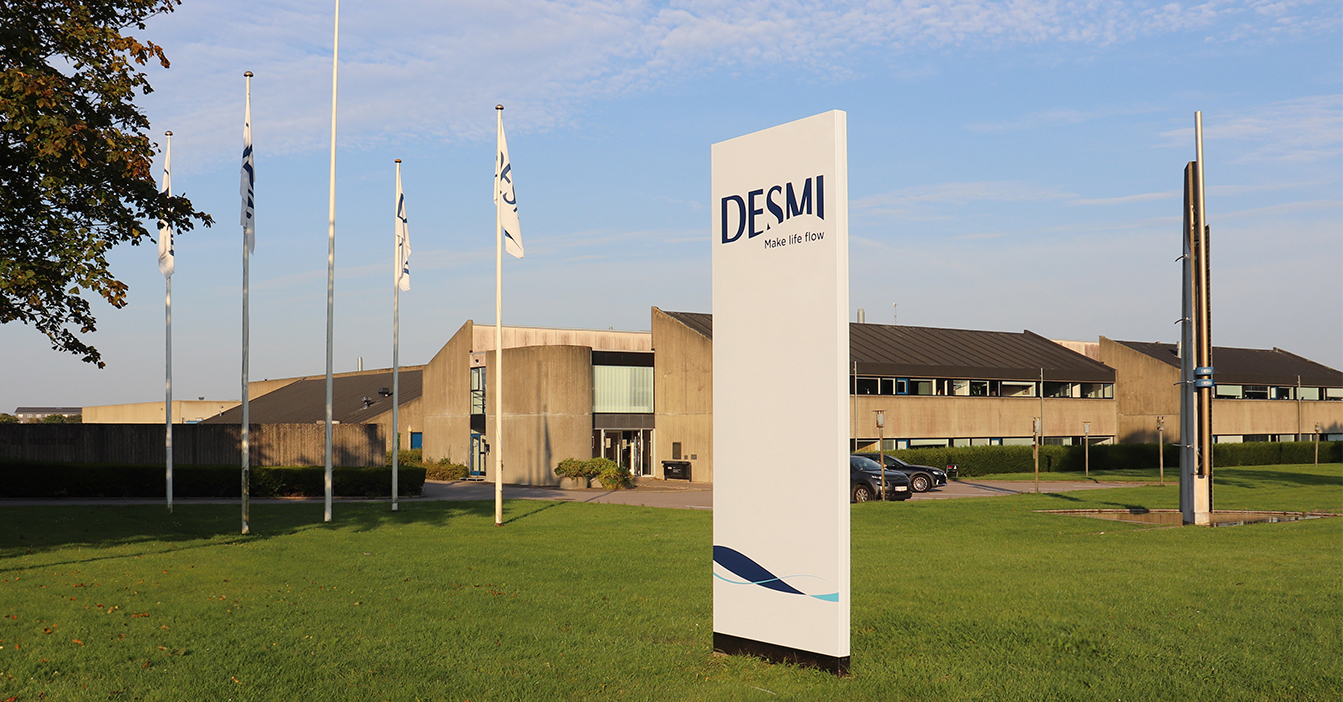Ultraviolet Ballast Water Treatment
UV based treatment
Ballast Water Management Systems based on UV treatment typically applies two treatment steps: filtration and UV treatment. During ballasting operations, both filtration and UV treatment is applied. After filtration, the ballast water is routed via UV chamber(s) to the ballast tanks.
To avoid potential non-compliant ballast water discharge due to organism regrowth in the tanks, the ballast water is during de-ballasting treated with UV light again.
The water by-passes the filter and gets pumped through the UV chamber before it is discharged.
Understanding UV
The UV treatment uses either low pressure or medium pressure UV lamps to break down cell membranes and/or damage their DNA, which respectively kills the organisms or destroys their ability to reproduce, making them non-viable.
The percentage of non-viable or killed organisms in the water after treatment depends on the applied UV dose.
What is UV dose?
The UV dose depends on the UV intensity (UV-I) and exposure time, and is simply defined as the product between these two parameters. UV-I measures how much light (or energy) reaches a given measurement point.
Most UV systems measure the UV-I, but the systems can vary considerably in terms of the UV lamp being used and the sensor setup. In particular, the distance between the sensor and the UV lamp influences the measured UV-I. For this reason, UV-I values shouldn’t be used to compare systems.
Fortunately, another measurement called UV-transmission (UV-T), can be used to compare systems.
A more reliable UV performance measure
UV-T measures the capability of UV light to penetrate water. When the UV-T is high, that is, close to 100%, the water is very clear. This means the UV light can penetrate deep into the water. When the UV-T is low, the water is not very clear, and the UV light can only penetrate the water for a limited distance.
This means that the lower the UV-T a BWM system can treat and still meet the IMO and USCG discharge standards, the better the performance of the system. CompactClean can treat ballast water and effectively kill organisms down to 42% UV-T, which means even extremely challenging water can be treated to meet both IMO and USCG discharge standards.



